A range of teacher professional learning programs will be developed to accompany the Biodiversity of the Western Volcanic Plains online outreach...
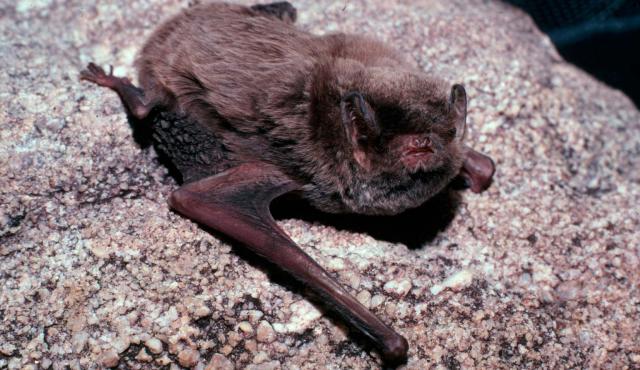
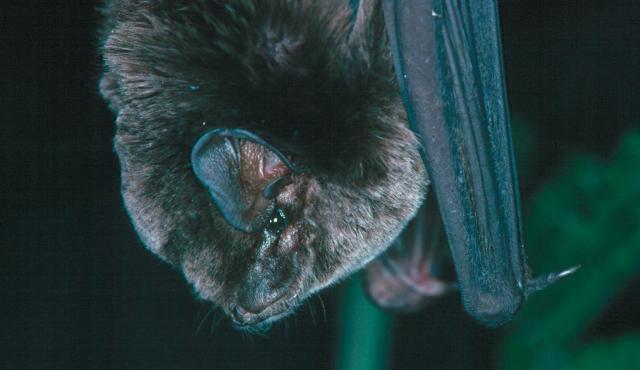
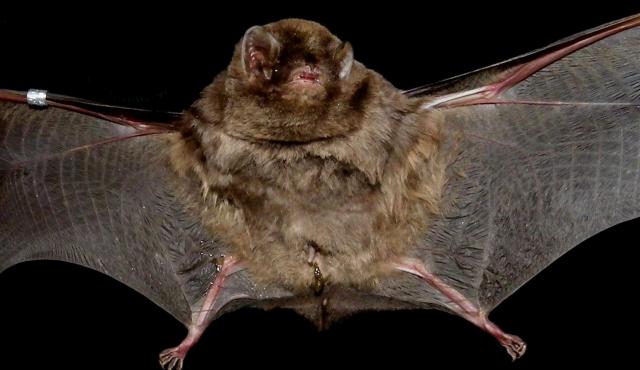
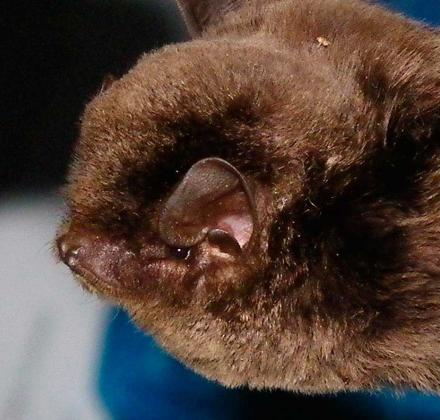
Southern Bent-wing Bat
Miniopterus schreibersii bassanii
Generally roosts in caves, road culverts, stormwater drains and old mines. Southern colonies hibernate during the colder winter months in hibernation caves. During October-November, maternity caves are used. Single young are born in December-mid January.
| Details | Description |
| Type | Mammal |
| Group | Placental |
| Identifying Characteristics | |
| Distinctive Markings | As bats moult, areas of bright rufous fur appear. Older bats appear ginger coloured. |
| Diet | Carnivore, moths. |
| Habitat | Open grasslands, open woodland, wet and dry sclerophyll forest, rainforest, moonsoon forests and paperbark forests. |
| Native Status | Native to Australia |
| Taxonomy | |
| Phylum | Chordata |
| Class | Mammalia |
| Order | Chiroptera |
| Family | Miniopteridae |
| Genus | Miniopterus |
| Species | schreibersii bassanii |
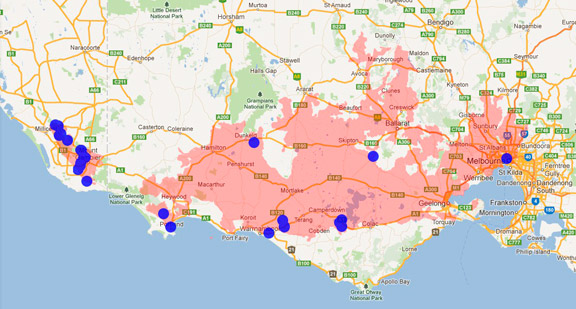
Distribution maps indicate current and historic locations where species have been sighted.
Source: Atlas of Living Australia
| Conservation Status | |
| DEPI Advisory List | Critically endangered |
| FFG Act | Listed as threatened |
| EPBC Act | Critically endangered |
The conservation status of species is listed within Victoria and Australia.
The Department of Environment and Primary Industry (DEPI) Advisory List consists of non-statutory advisory lists of rare or threatened flora and fauna within Victoria.
The Flora and Fauna Guarantee Act 1988 (FFG Act) lists threatened species in Victoria. Under the Act, an Action Statement is produced for each listed species.
The Environment Protection and Biodiversity Conservation Act 1999 (EPBC Act) is the Australian Government’s key piece of environmental legislation, listing nationally threatened native species and ecological communities.



